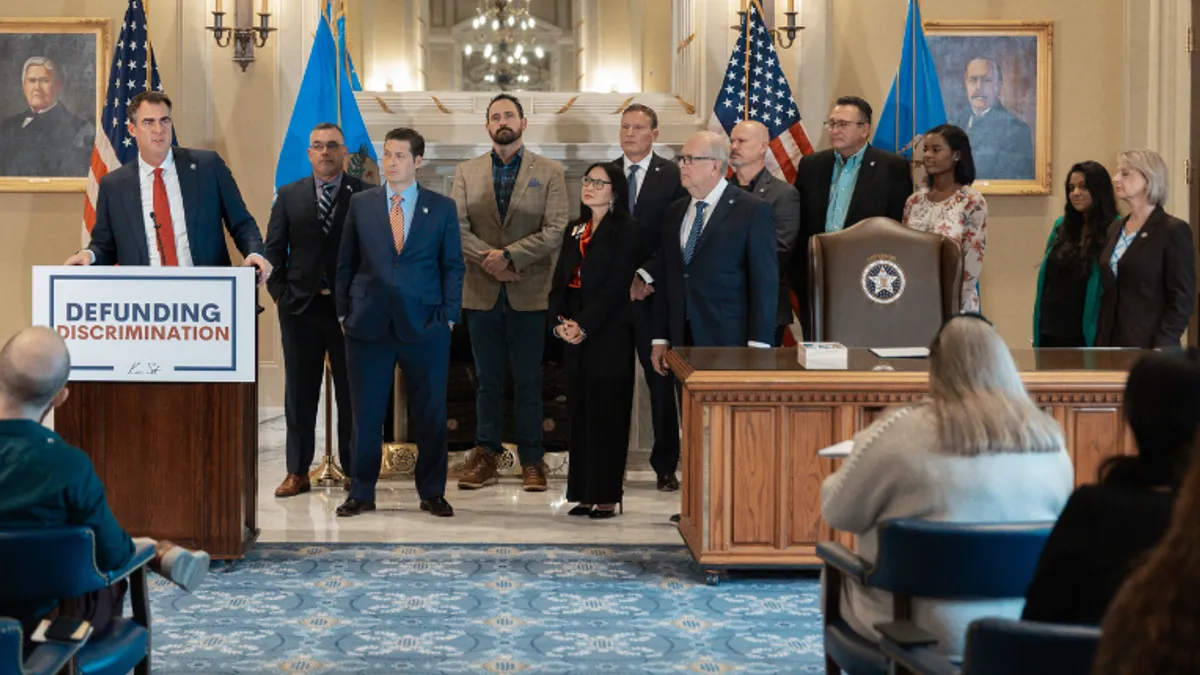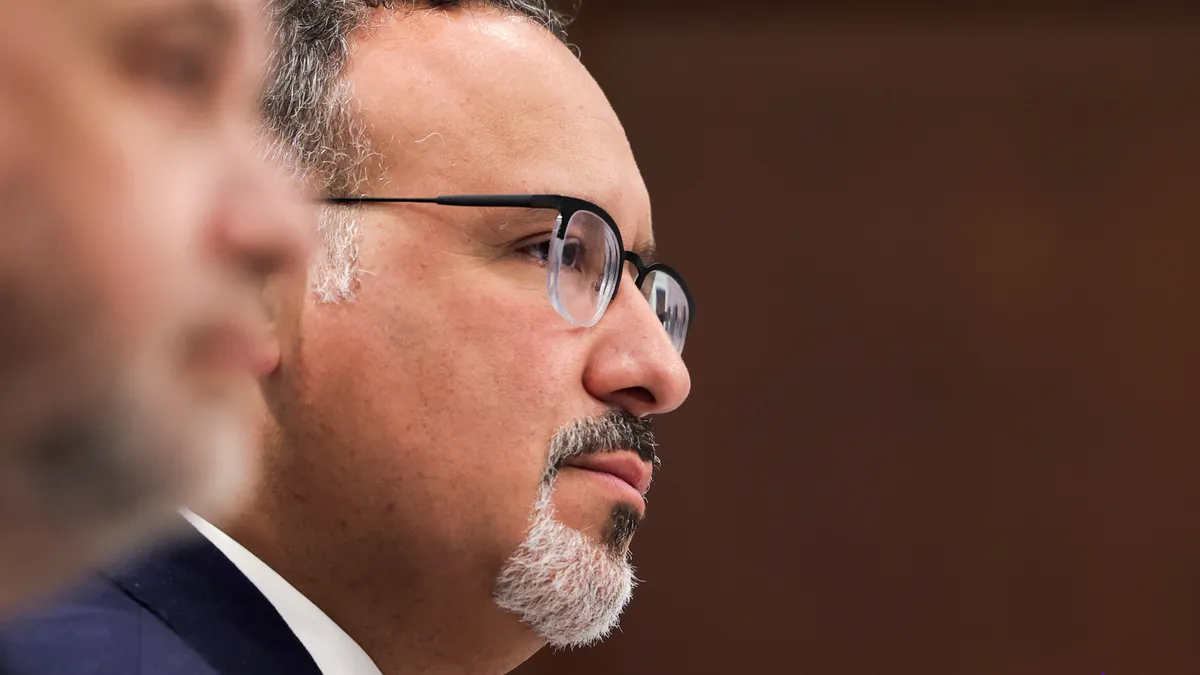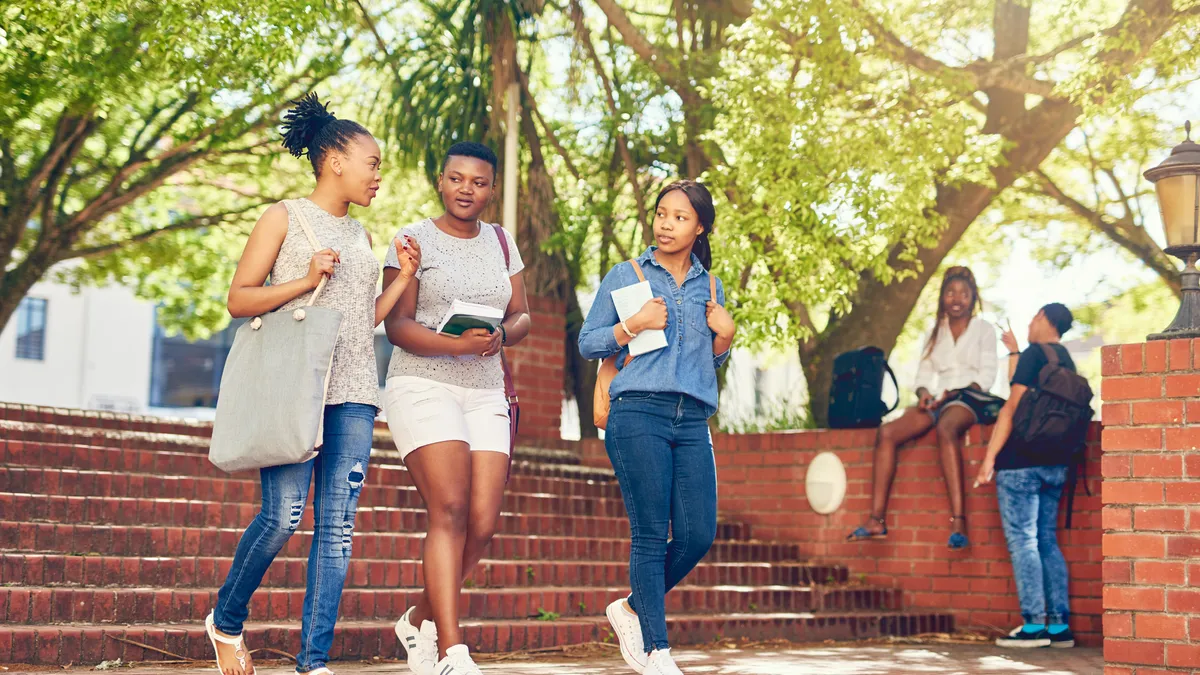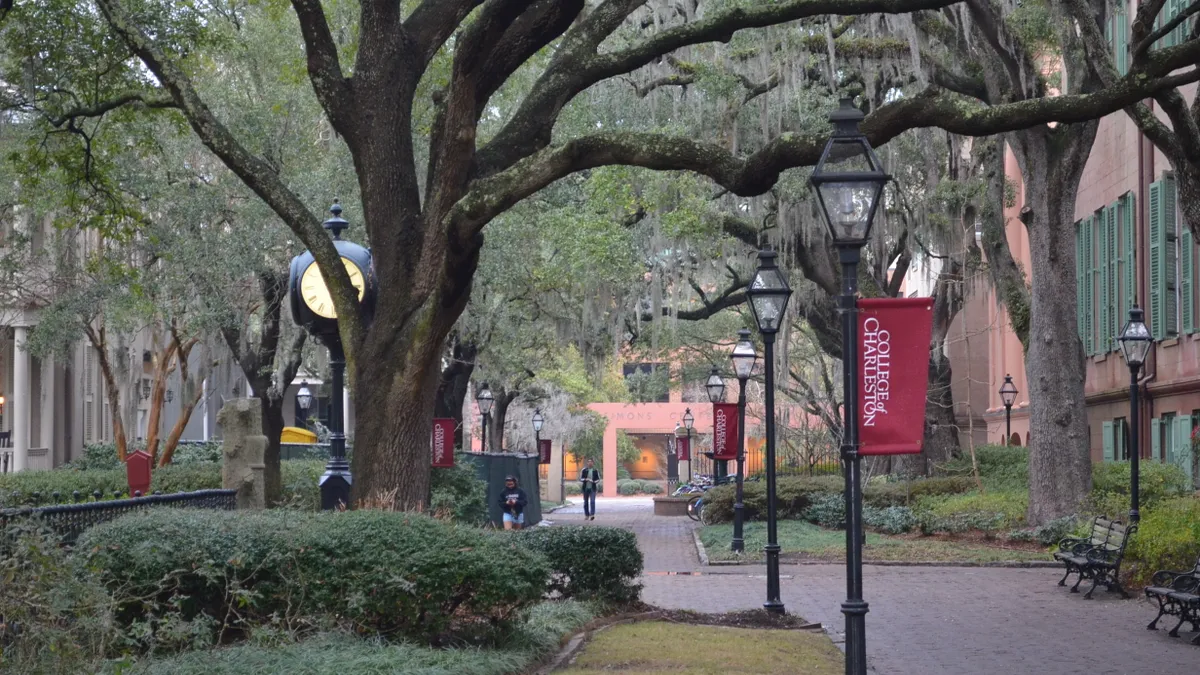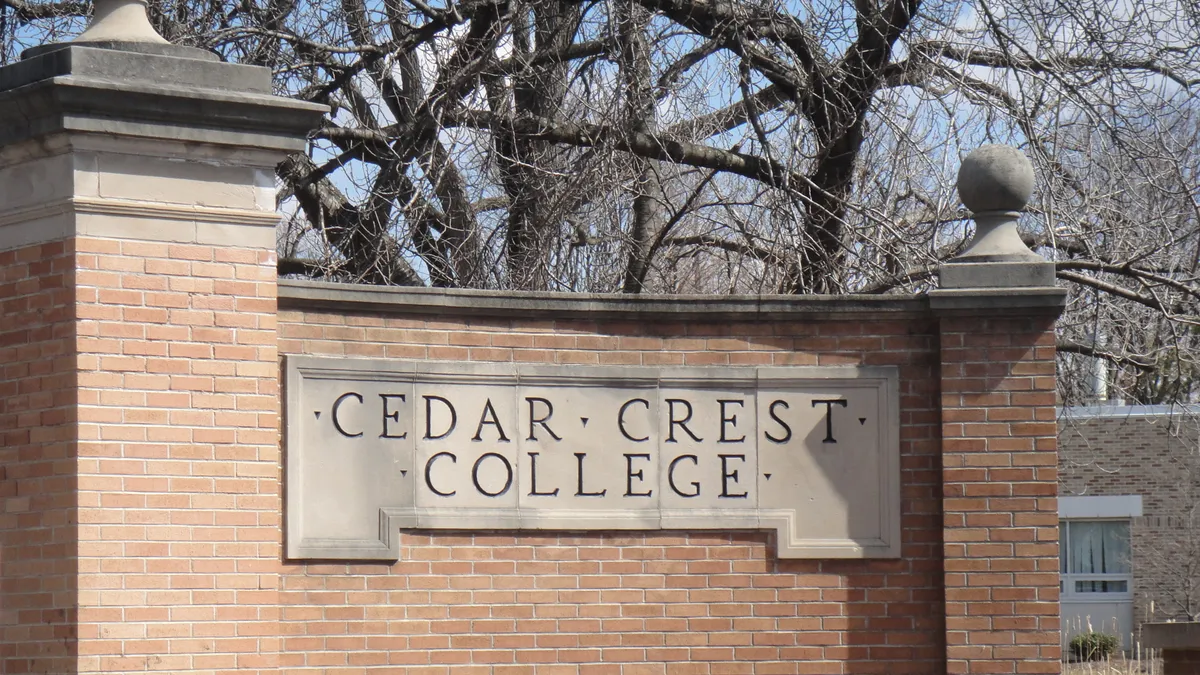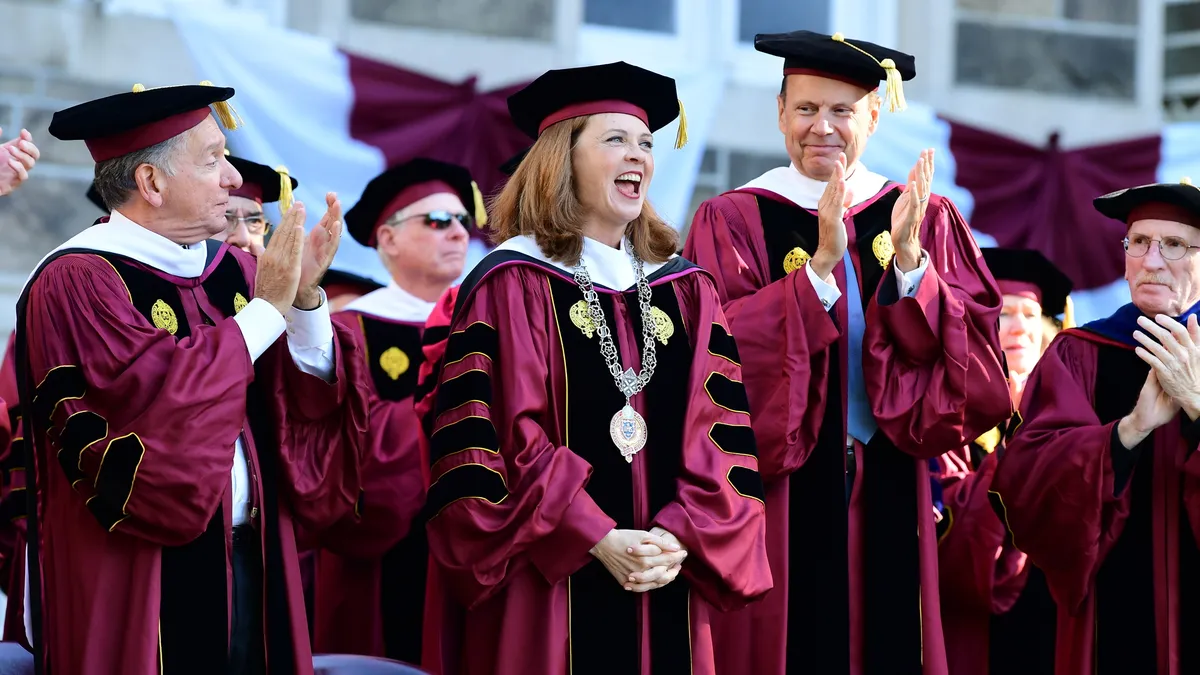Thomas Parham is the president of California State University, Dominguez Hills.
On many college and university campuses across the nation, the release of new collegiate rankings is a celebrated occasion. Prestigious universities often tout their low admission rates, selectivity ratios, and the high average GPAs and standardized test scores of their incoming classes as a measure of their institution’s strength.
Those rankings reflect an outcome that higher education institutions may seek. However, measuring worth with exclusivity and selectivity simply replicates inequality and privilege in a higher education sector that claims to embrace equity and inclusion.
At California State University, Dominguez Hills, we eschew selectivity in favor of inclusivity and providing equitable access to education for everyone who desires it. There is nothing admirable in turning away those looking to better themselves and their communities.
In the aftermath of the 1965 Watts Rebellion — a series of violent confrontations over six days between police officers and residents of predominantly Black neighborhoods in South Los Angeles — our university moved to its current location in Carson, California, with the stated goal of extending access to communities sorely lacking in resources or viable educational options. They deserved and needed accessible pathways to higher education and upward mobility.
Having recently been ranked second on public policy think tank Third Way’s Economic Mobility Index, which showcased colleges that provide a quick return on investment to low-income students, CSU Dominguez Hills is today continuing its historic mission.
We serve an undergraduate population with a unique constellation of factors: the majority of our students are underrepresented minorities, nearly half are the first in their family to attend college and a significant proportion require developmental support in order to become college-ready. Notably, 58% of our students are also Pell-eligible, and most of those have an expected family contribution of between $0 to $2,000.
Low-income students have the most to gain from higher education, but their limited financial resources also make them less likely than their peers to pursue a degree. If they do enroll at a university, those barriers and burdens still exist. Food and housing insecurity, job pressures and money worries can overshadow their studies, making them more vulnerable to falling behind academically. To serve populations like these, colleges need to go beyond just providing degree programs to ensure students’ holistic, myriad needs are met.
We also understand that for many, higher education has become a burden due to the specter of student debt. Frankly, obtaining an education at a substantial number of universities is out of reach to many simply because they cannot afford it and do not want to go into debt for the rest of their lives in order to obtain it.
Unsurprisingly, this lack of affordability disproportionately impacts low-income students. A recent study by the National College Attainment Network shows that only 24% of public four-year colleges were affordable for the average Pell Grant recipient. Affordability gaps, or the amount of unmet financial need students face, are also on the rise, with an average gap at four-year institutions of $2,627. For students and families who earn less than $40,000 a year, this is a significant financial burden.
This reality has sparked a national conversation about the student debt crisis — for it is indeed a crisis — and what should be done about it. With the Biden-Harris administration’s student loan forgiveness program being hung up in federal courts, this moment represents one of the most important reckonings for higher education that we have seen in decades.
What exactly is the value and purpose of a college education? For us, education is not simply a prerequisite for a job, but the cultivation of the human spirit and human potential that fuels career opportunities for a lifetime.
Even though CSU Dominguez Hills has relatively low tuition and fee rates — at just over $7,000 a year — some students still have to take out loans to cover their costs after financial aid is applied.
To help offset this, we lobby at the state and federal government levels for more investment in our campus, and more assistance for our students. One of the CSU’s top federal priorities for 2023-24 is to double the maximum Pell Grant and restore annual cost-of-living increases to the program in order to truly invest in student success. Knowing that a college degree promises a better future for individuals and communities, government must recognize and support higher education as a driver of economic mobility — and fund it accordingly.
Similarly, every higher education institution has a moral imperative to help their students up the social and economic ladder. I implore my colleagues to redefine success in realistic, useful terms.
We all must ensure that our students know that they belong and can succeed, that our faculty own student success in ways that develop the best of their talents and potential, and that our universities and communities rise together and move forward boldly into the future.




